Invest
RBA’s unemployment forecast points to a 2023 rate rise
The central bank’s goal of sustained full employment could be met next year.
RBA’s unemployment forecast points to a 2023 rate rise
The Reserve Bank has revised its forecasts for unemployment in 2022 and 2023, with Australia said to be on track to record a sustained period of full employment, and potentially higher interest rates, next year.
In a speech to the National Press Club on Wednesday (2 February), RBA governor Philip Lowe acknowledged that the unemployment rate had declined more than the central bank had expected.
Unemployment of 6 per cent was forecast for 2021; however, the Australian Bureau of Statistics revealed last month that it had reached a pre-GFC low of 4.2 per cent.
Under the RBA’s new forecasts, its goal of sustained full employment could be reached next year, with unemployment tipped to fall below 4 per cent later this year.
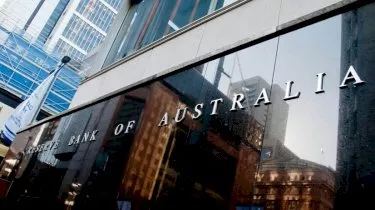
“Our central forecast is for the unemployment rate to decline to around 3¾ per cent by the end of this year and be sustained at around this rate during 2023,” said Dr Lowe.
“If this comes to pass, it would be a significant achievement. Australia has not experienced unemployment rates this low in the past half century – the last time we had the unemployment rate below 4 per cent was in the early 1970s.”
Dr Lowe said that the RBA was committed to reaching full employment and inflation within its target band of 2 to 3 per cent and indicated that Australia was moving closer to hitting these objectives faster than anticipated.
However, he reiterated that interest rates would not be raised until inflation was “sustainably” within the target range.
“We don’t want to see inflation too low or too high. We will do what is necessary to maintain low and stable inflation, which is important not only in its own right but also as a precondition for a sustained period of full employment,” he said.
Underlying inflation fell to 2.6 per cent over the year to December 2021, which Dr Lowe noted was the first time the midpoint of its target range had been achieved in the past seven years.
“This comes on the back of very significant disruptions in supply chains and distribution networks, which would be expected to be resolved over the months ahead,” he said.
“Based on the evidence we have, it is too early to conclude that inflation is sustainably in the target range.”
Moving forward, Dr Lowe said the RBA would “take the time to distil the balance between supply and demand in the economy” as it navigates towards full employment.
“Over the course of this year, we will be watching how the various supply-side problems resolve and the effects on prices. We will be watching consumption patterns and whether they normalise,” he said.
“We will also be looking for further evidence that labour costs are growing at a rate consistent with inflation being sustained within the target range. We expect this evidence to emerge over time, but it is unlikely to do so quickly.”

Economy
RBA's hawkish stance reflects inflation concerns, State Street economist comments
In a recent statement, the Reserve Bank of Australia (RBA) has signaled a hawkish stance on interest rates, drawing insights from financial experts about the implications for Australia's economic ...Read more

Economy
Navigating the inflation maze: How CFOs can outsmart economic hurdles in Australia
Fresh inflation data have cooled expectations of near-term rate cuts in Australia, intensifying pressure on margins, capital allocation and demand. Rather than wait for monetary relief that may not ...Read more
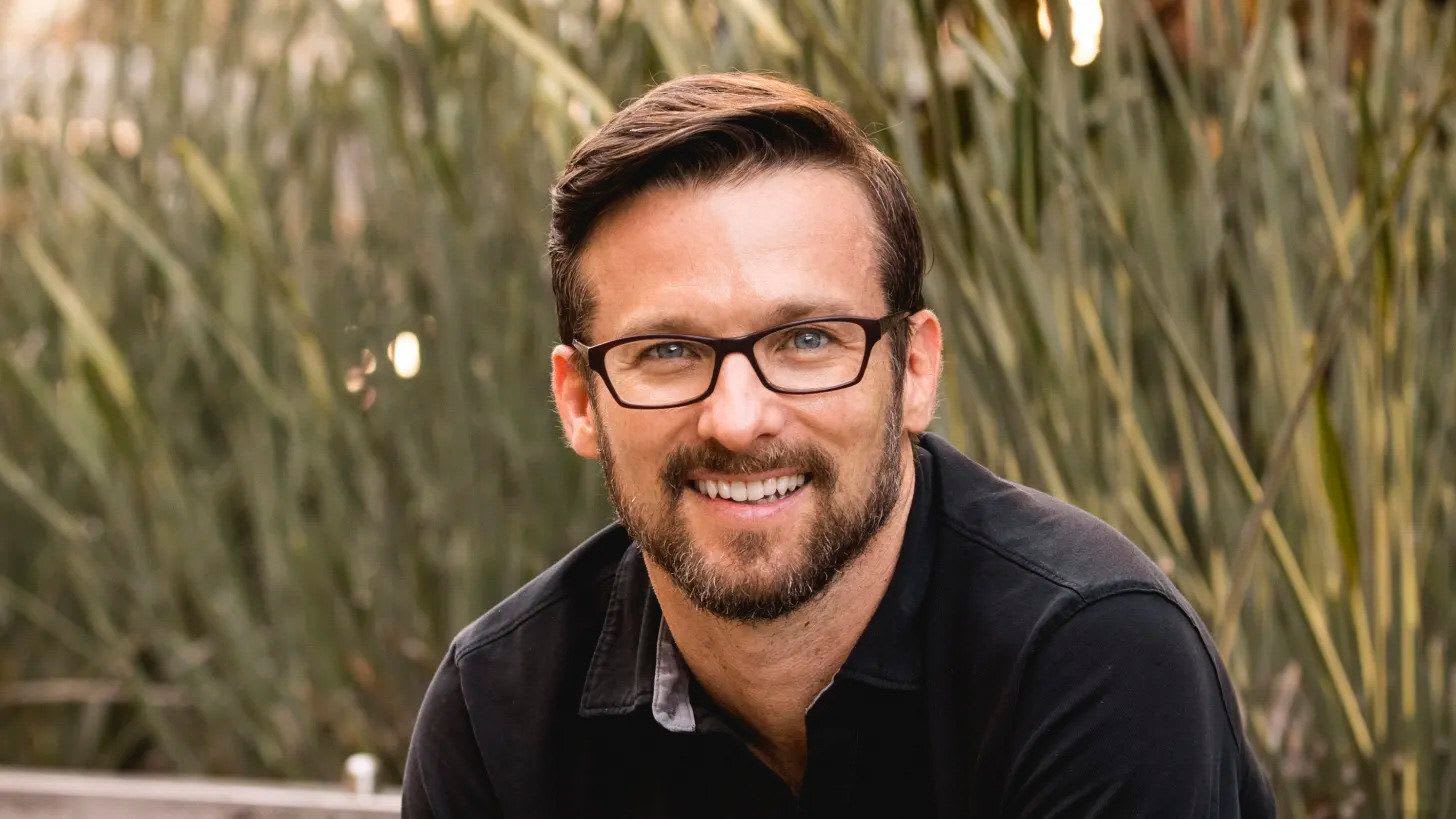
Economy
Inflation concerns rise as Australia's CPI climbs to 3.8% in October
Australia's latest Consumer Price Index (CPI) figures have sent ripples through the economy, with headline inflation accelerating to 3.8% year-on-year in October, up from 3.6% in September. The data, ...Read more
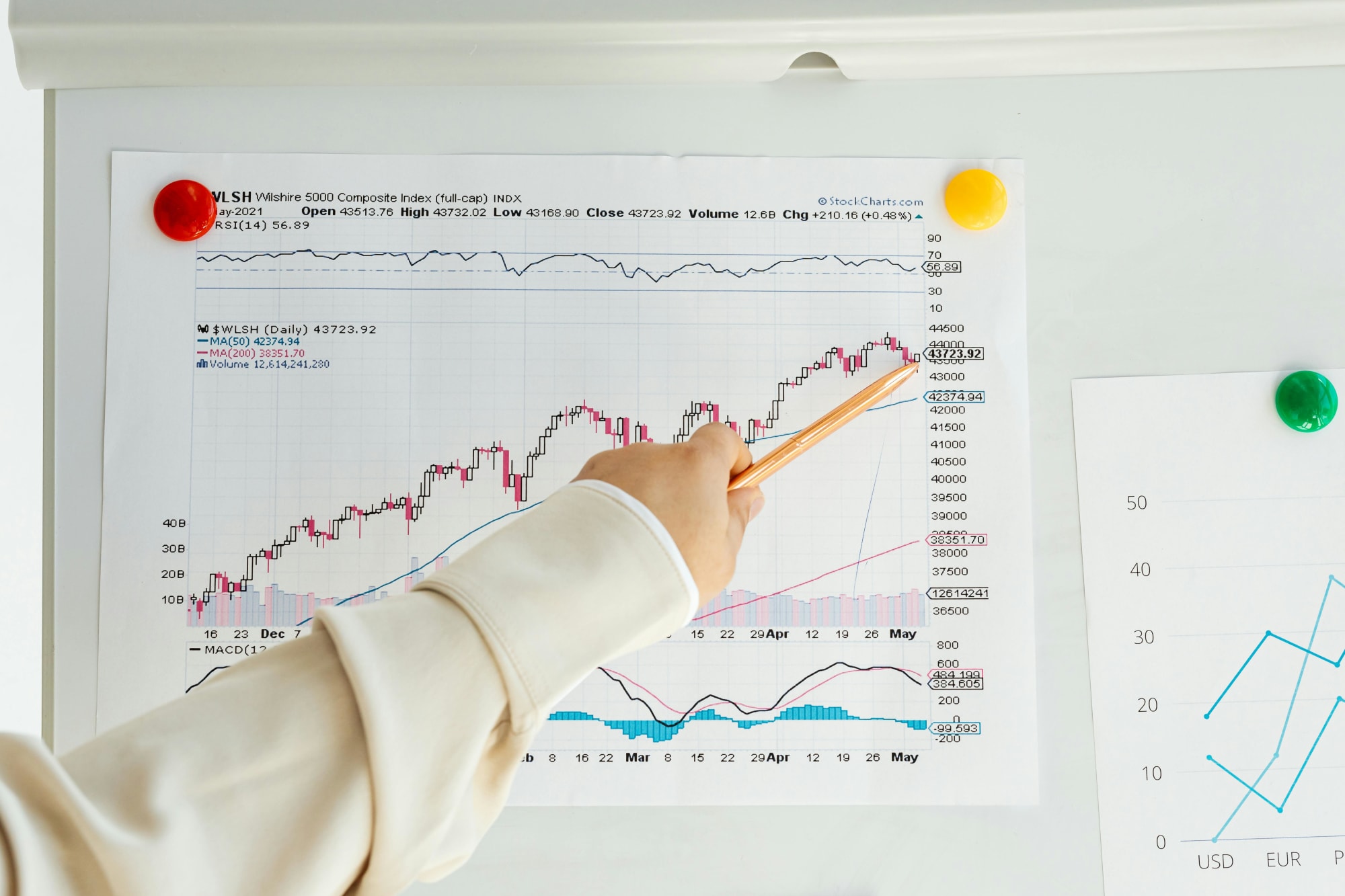
Economy
October CPI results pose challenges for RBA’s monetary policy stance
In a surprising turn of events, the October Consumer Price Index (CPI) data has raised eyebrows among economists and market strategists, revealing stronger-than-expected inflationary pressures in ...Read more
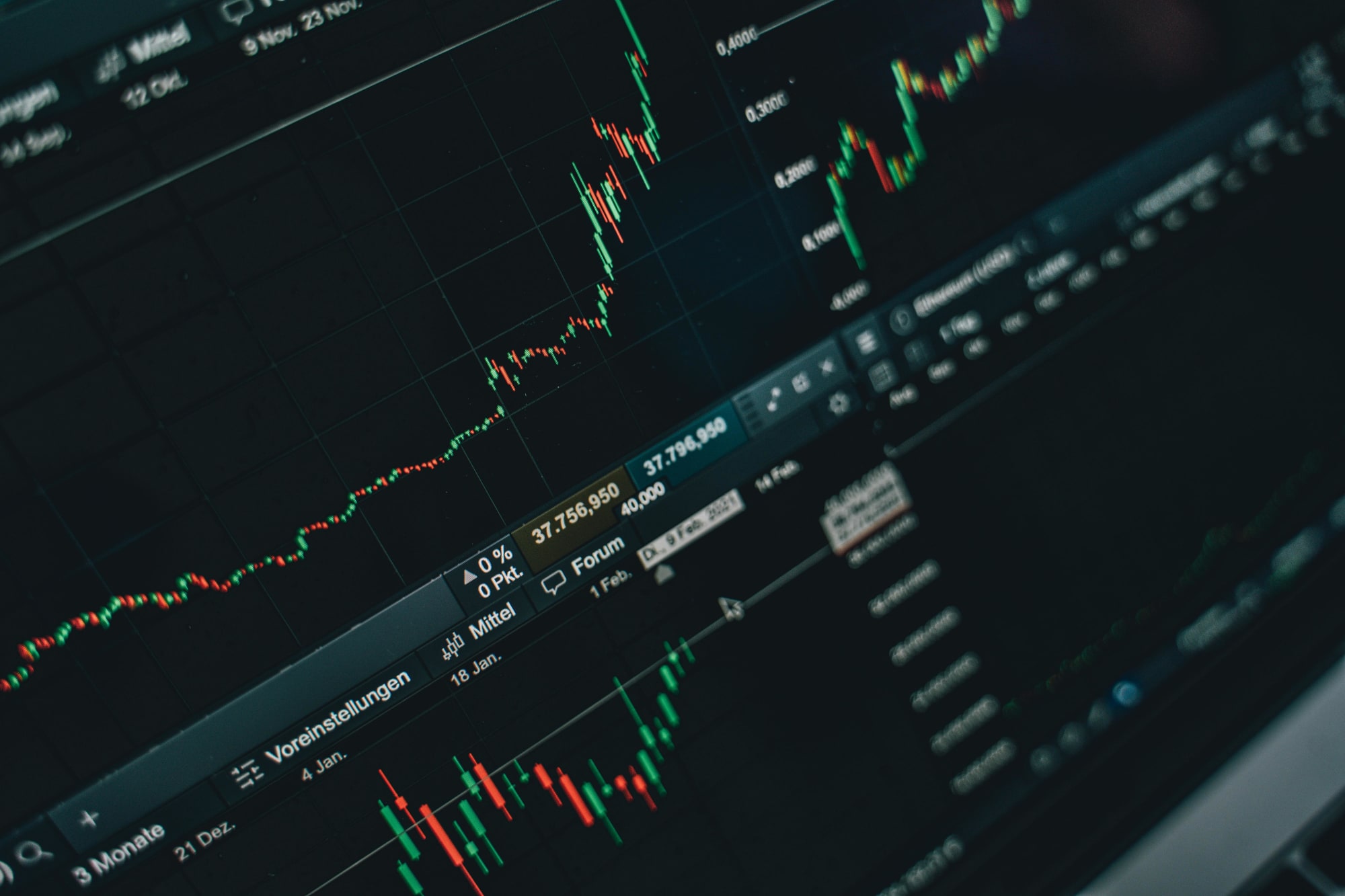
Economy
Global deal activity declines by 6% amid economic uncertainty, reports GlobalData
In a year characterised by economic turbulence and evolving market conditions, global deal activity has witnessed a notable downturn during the first ten months of 2025. According to GlobalData, a ...Read more

Economy
Australia’s softening labour market puts another RBA cut in play — here’s what business should do now
A four-year high in unemployment has revived expectations the Reserve Bank could deliver another rate cut as soon as November. With quarterly GDP growth running at 0.6 per cent and annual growth at ...Read more

Economy
Rising CPI reinforces RBA’s stance as rate cut expectations remain: State Street
State Street Global Advisors says the Reserve Bank of Australia (RBA) is likely to hold its current policy outlook following the release of September quarter inflation data, which showed an unexpected ...Read more
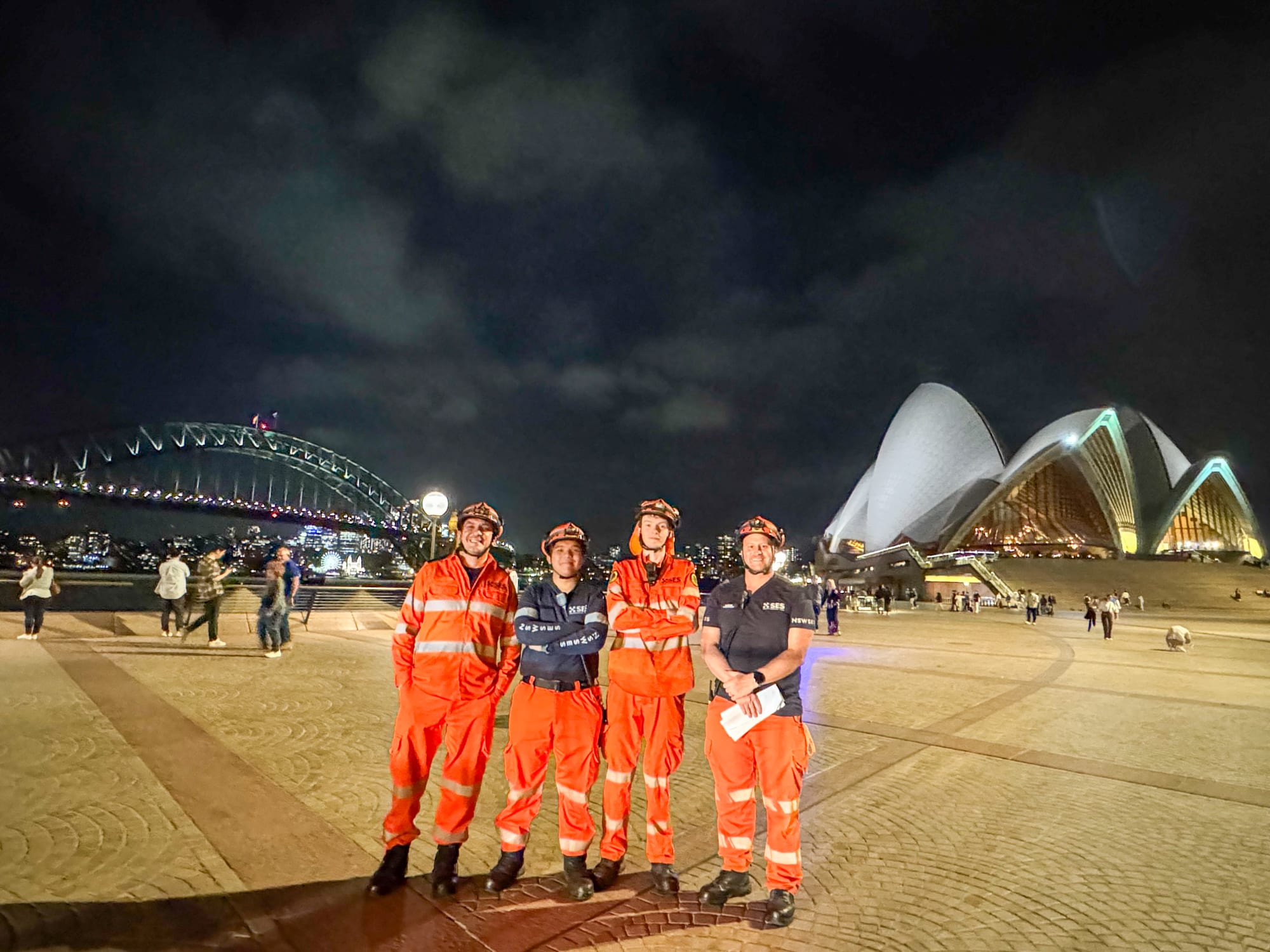
Economy
NSW SES boosts tsunami preparedness ahead of World Tsunami Awareness Day
As World Tsunami Awareness Day approaches on 5 November, the New South Wales State Emergency Service (NSW SES) is ramping up efforts to enhance tsunami preparedness along the east coastRead more

Economy
RBA's hawkish stance reflects inflation concerns, State Street economist comments
In a recent statement, the Reserve Bank of Australia (RBA) has signaled a hawkish stance on interest rates, drawing insights from financial experts about the implications for Australia's economic ...Read more

Economy
Navigating the inflation maze: How CFOs can outsmart economic hurdles in Australia
Fresh inflation data have cooled expectations of near-term rate cuts in Australia, intensifying pressure on margins, capital allocation and demand. Rather than wait for monetary relief that may not ...Read more

Economy
Inflation concerns rise as Australia's CPI climbs to 3.8% in October
Australia's latest Consumer Price Index (CPI) figures have sent ripples through the economy, with headline inflation accelerating to 3.8% year-on-year in October, up from 3.6% in September. The data, ...Read more

Economy
October CPI results pose challenges for RBA’s monetary policy stance
In a surprising turn of events, the October Consumer Price Index (CPI) data has raised eyebrows among economists and market strategists, revealing stronger-than-expected inflationary pressures in ...Read more

Economy
Global deal activity declines by 6% amid economic uncertainty, reports GlobalData
In a year characterised by economic turbulence and evolving market conditions, global deal activity has witnessed a notable downturn during the first ten months of 2025. According to GlobalData, a ...Read more

Economy
Australia’s softening labour market puts another RBA cut in play — here’s what business should do now
A four-year high in unemployment has revived expectations the Reserve Bank could deliver another rate cut as soon as November. With quarterly GDP growth running at 0.6 per cent and annual growth at ...Read more

Economy
Rising CPI reinforces RBA’s stance as rate cut expectations remain: State Street
State Street Global Advisors says the Reserve Bank of Australia (RBA) is likely to hold its current policy outlook following the release of September quarter inflation data, which showed an unexpected ...Read more

Economy
NSW SES boosts tsunami preparedness ahead of World Tsunami Awareness Day
As World Tsunami Awareness Day approaches on 5 November, the New South Wales State Emergency Service (NSW SES) is ramping up efforts to enhance tsunami preparedness along the east coastRead more









